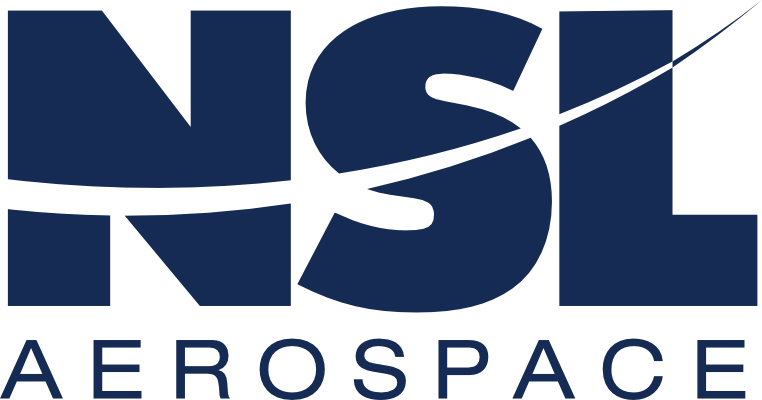What is the MIL PRF 81733 Sealant Specification?
The mil prf 81733 (sometimes written mil s 81733) specification is all about standardization for the cure of specific synthetic rubber compounds that are accelerated and room temperature-curing.
These compounds are used for the protection of metal components on weapons and aviation systems; it seals and coats them. Compounds like this have an important role in aviation: it is compounds like these that create a strong barrier against things that create corrosion on aluminum alloys or between disparate metal materials.
Once cured, this sealant upholds elastomeric properties after exposure to both jet fuels and aviation gasses.
The mil prf 81733 specification supersedes MIL-S-81733C.
What are milspecs?
This is an extensive subject. You can read an in-depth explanation of milspecs on our page, Understanding Military Specifications and Standardizations for Aviation and Aerospace Sealants. You can also read more at the GAO document, DOD Begins Program to Reform Specifications and Standards.
What are the 4 types of mil prf 81733 / mil s 81733?
The 4 types of this specification cover different performance standards. The Type 1 sealing compound is for brush or dip application. The Type ii sealing compound is for extrusion application with a sealant gun or spatula. The Type iii sealing compound is for spray gun application. The Type iv sealing compound is for faying surface application with a sealant gun or spatula.
Interested in purchasing MIL PRF 81733?
Here are products that meet the 4 types of this specification.
MIL PRF 81733 type i:
CS3213: CORROSION INHIBITIVE SEALANT CLASS A
CS3213 is a corrosion Inhibitive fuel-resistant sealant, manganese oxide cured containing 5% soluble chromate. It is used on integral fuel tanks and pressurized cabins as well as other areas subject to contact with aircraft fuels, lubricants, oils, water, and/or weathering.
This sealant is a two-part polysulfide base compound that cures at room temperature to a flexible, resilient rubber with excellent adhesion to aluminum, magnesium, titanium, steel, and numerous other materials. CS3213 is designed to withstand the attack of sulfur compounds that are present in jet fuels. Getting specific, CS3213 Class A is a self-leveling liquid when mixed.
MIL PRF 81733 type ii:
CS3213: CORROSION INHIBITIVE SEALANT CLASS B
The same general information from above holds true for CS3213. But specifically, CS3213 Class B is a thixotropic paste that will not flow or sag on vertical or overhead surfaces. The flashpoint is over 200°F.
WS-8070: CORROSION INHIBITIVE SEALANT Class B
WS-8070, meeting type ii, is a two-part manganese cured polysulfide sealant designed to provide excellent corrosion inhibitive characteristics. The product has a service temperature of -65°F to 250°F (-54°C to 121°C). WS-8070 type 2 has excellent retention of physical properties when exposed to aviation fuel and oils. It is a thixotropic paste with non-sag characteristics and is able to be applied by an extrusion gun or with a spatula. Its application is typically used to fillet and faying surface sealing of aircraft structures to prevent the effects of corrosion from occurring through water intrusion and dissimilar metal interaction.
MIL PRF 81733 type iii:
PR1436G is a two-part dichromate cured polysulfide sealant that's designed to be a sprayable application.
MIL PRF 81733 type iv:
CS3213: CORROSION INHIBITIVE SEALANT Class C
The same general information from above holds true for CS3213. But specifically, CS3213 Class C materials are intended for the sealing of faying surfaces. The work-life is 20 hours to 96 hours. Squeeze out time (assembly time) for type C only is 20 hours.
What are examples of the 4 types of mil prf 81733 / mil s 81733?
Please don't hesitate to reach out with any further questions about this specification. We are here to help!
